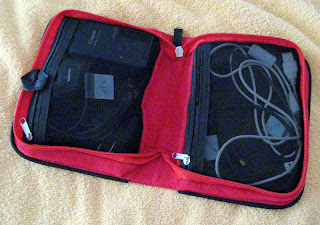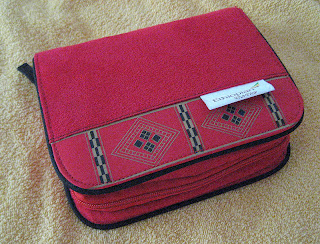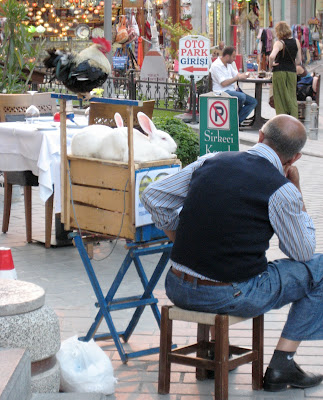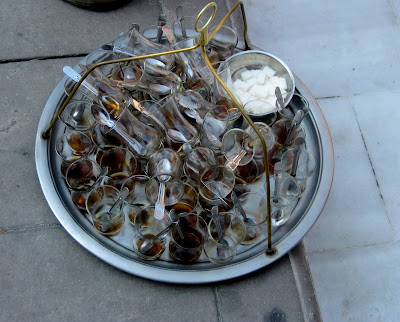I don't have health insurance.
Extraordinary care = Generally used to refer to medical treatments that, in the particular circumstances, impose undue physical or personal burdens on the patient [or family or community] or that are not likely to substantially improve the patient's condition but merely prolong his dying. (Definition adapted from Georgetown University and Webster's Dictionary.) In theory, the Catholic Church makes a distinction between 'ordinary' care and 'extraordinary' care to help guide bioethical decisions.
Wow. I didn't intend to go into all that stuff in #3 when I began this post. But there it is.
Not having health insurance in America is my current reality.
Will it change as healthcare legislation or other options evolve? Damned if I know, as neither the politicos nor the general media are interested in giving me useful information.
For health insurance while I'm outside the U.S., that's a different story.
Why
- As a rule, health insurance in the U.S. stops at the border. So even if I have health insurance while I'm in the U.S., it does me no good the moment I set outside the U.S. (This is true for those who receive Medicare, also. I don't know about veterans' insurance.)
- As an individual in good health who doesn't need expensive prescriptions, I could pay up to, let's say, $4000 per year out-of-pocket and still do better than if I'd paid monthly insurance premiums.
- Health insurance is too expensive. I say that from three perspectives: a) my inability to afford premiums, b) my refusal to become an economic and location prisoner of an employer-organization solely because it provides an offset to health insurance premiums, and c) my belief that health insurance premiums nationwide are artificially inflated by insurance carriers, healthcare providers and their ancillary service providers, and by a politicized healthcare ethos in America that invests too many finite healthcare resources on extraordinary care.
Extraordinary care = Generally used to refer to medical treatments that, in the particular circumstances, impose undue physical or personal burdens on the patient [or family or community] or that are not likely to substantially improve the patient's condition but merely prolong his dying. (Definition adapted from Georgetown University and Webster's Dictionary.) In theory, the Catholic Church makes a distinction between 'ordinary' care and 'extraordinary' care to help guide bioethical decisions.
Wow. I didn't intend to go into all that stuff in #3 when I began this post. But there it is.
Affordable health care in America
- Some providers, vendors, or organizations periodically offer free or reduced-cost health screenings throughout the year. Use your favorite search engine to find "health screenings" in your state.
- Some organizations (or government entities) offer free or reduced-price healthcare screenings on a sliding-fee scale based on your income. For example, the CDC administers a national screening program for breast and cervical cancer.
- Doc-in-the-boxes (including some Walgreens and CVS pharmacies) are less expensive than you might think for routine illnesses, check-ups, screenings, or vaccinations. Shop around.
- Ask your preferred healthcare provider if s/he offers cash discounts. Healthcare providers can save money if you don't have insurance (which requires lots of paperwork such as proper coding for them to receive reimbursement) or avoid paying with a credit card, and some are willing to share that savings with you.
- Planned Parenthood offers general health care, STD testing and treatment, women's health care, men's sexual health care, prenatal pregnancy care, birth control, and abortion services. In general, these services are provided on a sliding scale based on income.
- Walmart (and I think other vendors) has a list of prescription and OTC meds that cost only $4 for a month's supply
- The Partnership for Prescription Assistance is a clearinghouse for info on how to get your expensive (to you) prescriptions free or at a reduced cost. The website also helps you find low-cost healthcare clinics near you.
Not having health insurance in America is my current reality.
Will it change as healthcare legislation or other options evolve? Damned if I know, as neither the politicos nor the general media are interested in giving me useful information.
For health insurance while I'm outside the U.S., that's a different story.









































